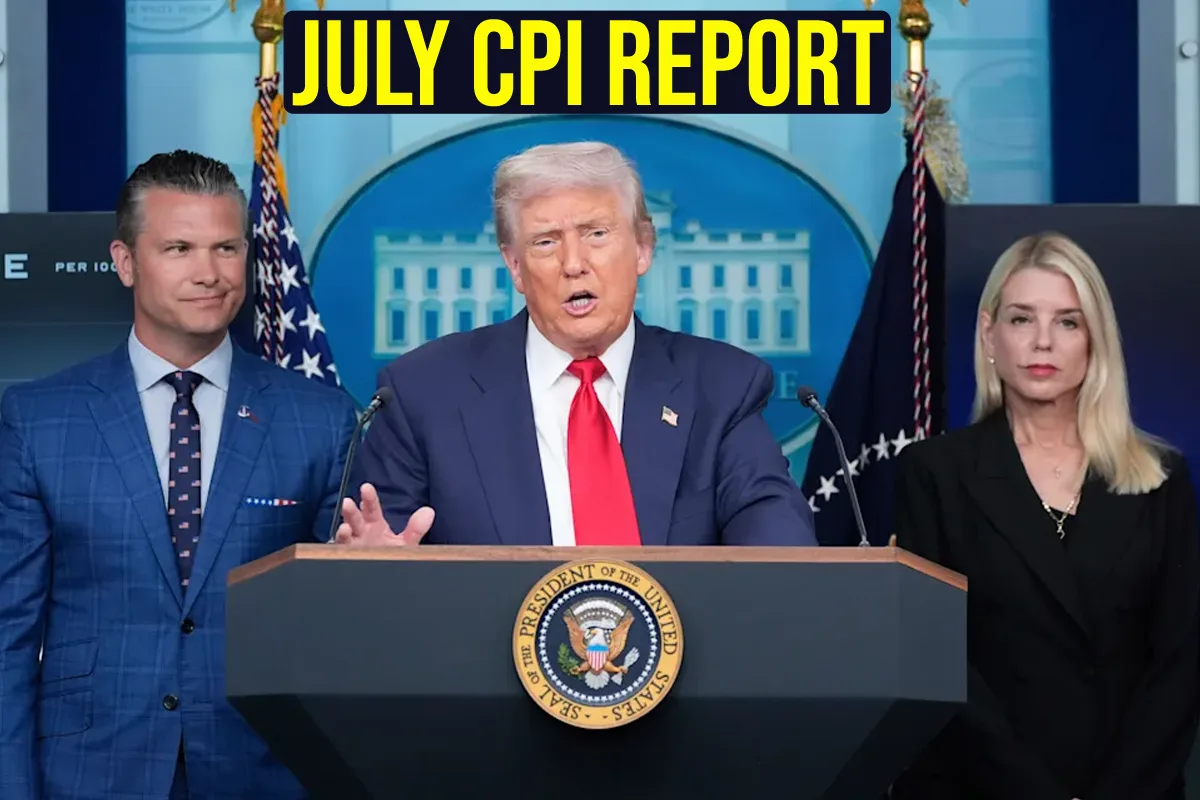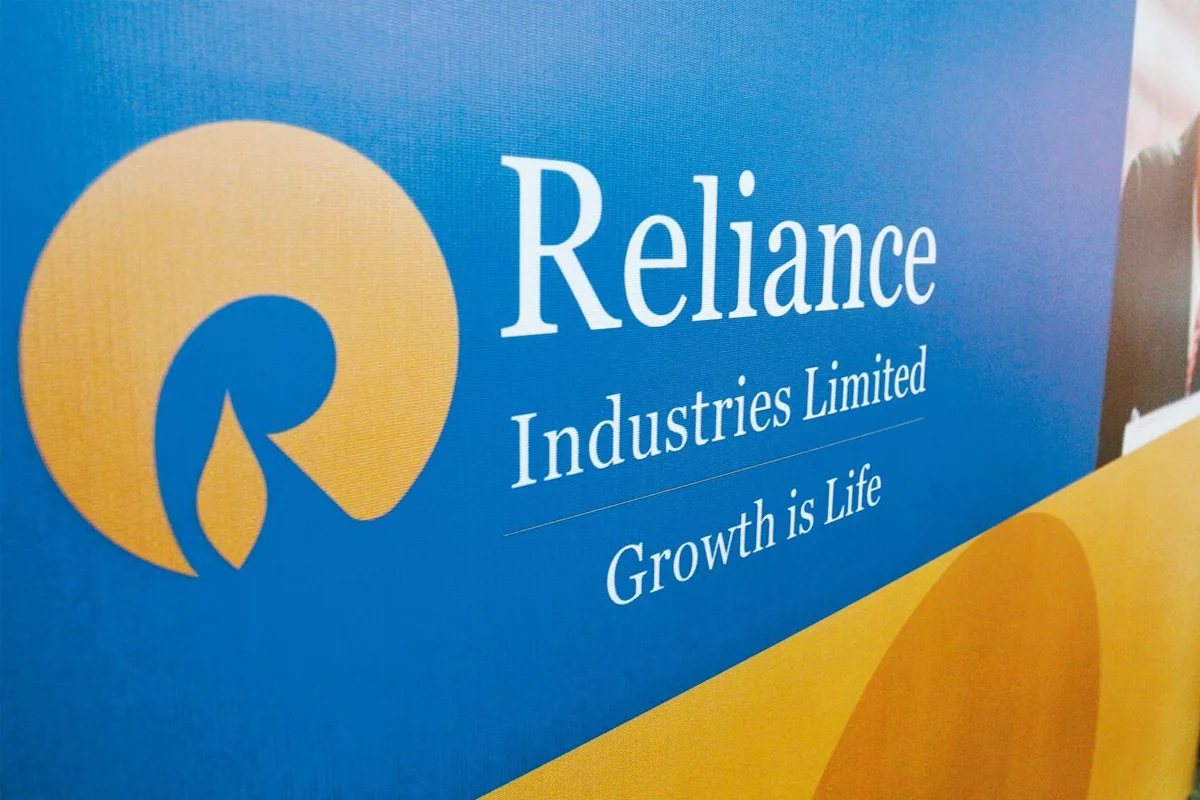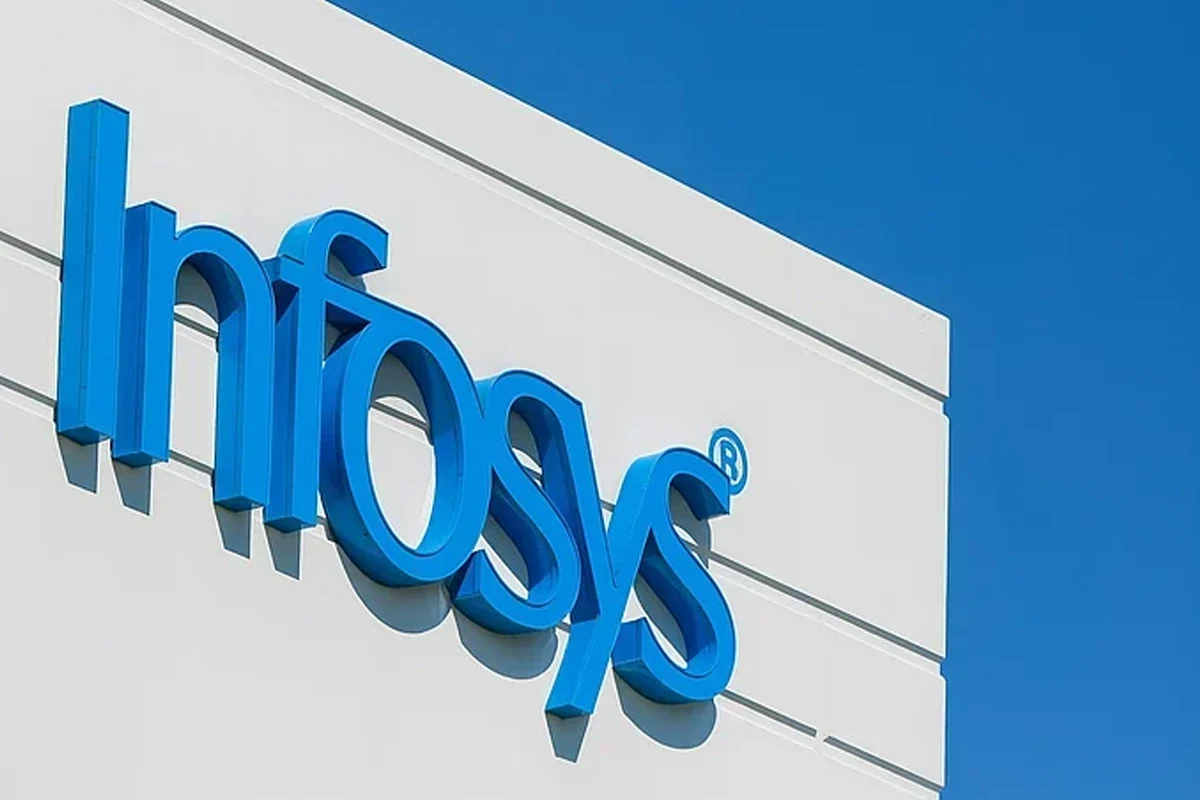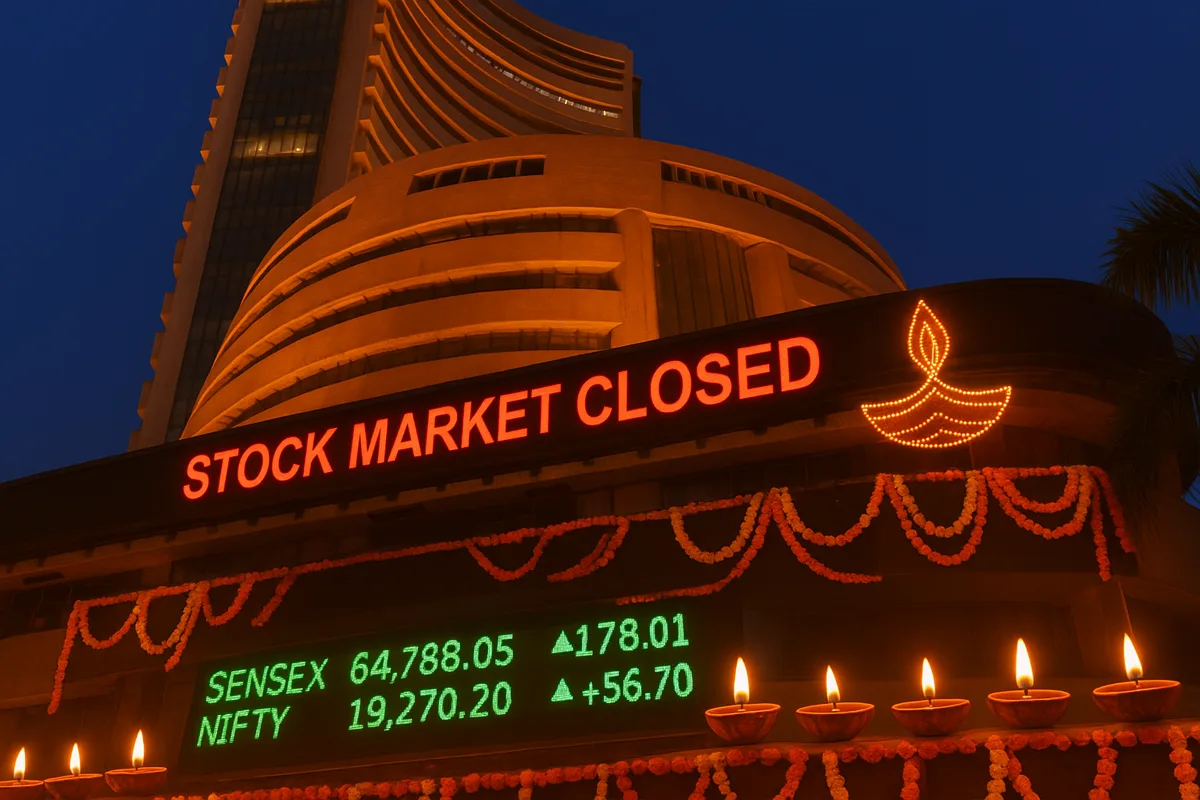July CPI Report Expected to Show Inflation Accelerated Amid Tariff Pressures
The moment inflation is mentioned, every consumer has a single question in mind—are prices going up? The July Consumer Price Index (July CPI Report), which will be released Tuesday morning at 8:30 a.m. ET, will answer this question. Market experts and investors are keeping an eye on this report because this time the expectation is that inflation will be slightly higher than in June. The main reason for this is being cited as President Trump’s tariffs, which are slowly affecting consumers’ pockets directly.
According to Bloomberg data, July’s headline CPI is projected to rise 2.8% year-over-year, up slightly from June’s 2.7%. On a monthly basis, prices are expected to rise 0.2%, down slightly from June’s 0.3% gain. This will be contributed by lower gasoline prices and some soft food inflation. But the story doesn’t end there, as core inflation numbers—which exclude volatile items such as food and energy—are also expected to see an uptick.
July CPI Report Shows Core Inflation Rising
The annual rate of core inflation is projected to be 3.0% in July, up from June’s 2.9%. This is a clear signal that goods inflation is no longer compensating for the easing of services inflation. Monthly core prices are forecast to rise 0.3%, higher than June’s 0.2%, and this would be the strongest gain in the last 6 months.
June data showed initial signs of tariff-driven cost pressures. Apparel prices rose 0.4% monthly, and footwear prices jumped 0.7% after declining for the past few months. Furniture and bedding prices also rose 0.4%, a reversal after May’s 0.8% drop. All these signals make clear that the impact of tariffs is now reaching consumers.
Direct Connection Between Tariffs and Inflation

Wells Fargo economist Sarah House wrote in her note that the July CPI will provide clearer evidence that higher tariffs are pushing prices up. She says prices are still in the early stages of the adjustment process, and it remains to be seen who will bear the final burden of higher import taxes—the end consumer, the domestic seller, or the foreign exporter.
She also raised an interesting point: consumer fatigue. That means people already have limited purchasing power, and if prices rise, it will not be easy for sellers to raise the price of their products. Wells Fargo expects inflation to pick up, but not spike sharply. Their estimate is that both core CPI and core PCE deflator will return to around 3% by the fourth quarter.
July CPI Report Timing and Trade Developments
This time the CPI report is coming at a time when trade developments are continuously changing. The effective tariff rate of the US is now around 18.6%, which is the highest since 1933—according to the latest estimate of Yale Budget Lab. If there is further tightening in trade policies, inflation can become more aggressive.
Market sentiment is also interesting. Many traders and analysts believe that the Federal Reserve may lower interest rates in the September meeting. The reason for this is not just inflation but also concerns about the health of the US labor market. Previous revisions showed that job growth was not as strong as previously reported.
Dual Headaches for the Fed
Citi analyst Stuart Kaiser says the CPI data could lead to “dual headaches” for the Fed. On one hand there will be the challenge of high inflation; on the other hand, there is the risk of a weak labor market. If core goods prices go up, then taking interest rate decisions will become even trickier for the Fed. Investors will now focus on how the central bank’s stance evolves, because if the impact of tariffs grows, controlling inflation will become even more challenging.
What to expect from the July CPI report

The July CPI report is not just a data release but a signal of the direction in which the US economy is moving. If core inflation comes in at expected levels, it will make clear that the impact of tariffs is real and consumer costs are rising steadily. But if the numbers surprise—whether downside or upside—market reactions could be quite sharp.
Investors, policymakers, and consumers are all waiting to see what the final data reveals. On one hand, there is hope that inflation remains manageable; on the other hand, there is fear that if tariff pressures continue, both purchasing power and demand could be affected. The most important lesson of this time is that maintaining a balance between global trade policies, domestic demand, and price stability is essential for economic growth.
Disclaimer:
This article is for informational purposes only. The information given here is not intended to give market advice. Readers should take appropriate measures while making their financial or investment decisions.
Also Read
Nvidia and AMD A.I. Chip Sales to China – Trump’s $2B Revenue Deal Explained






